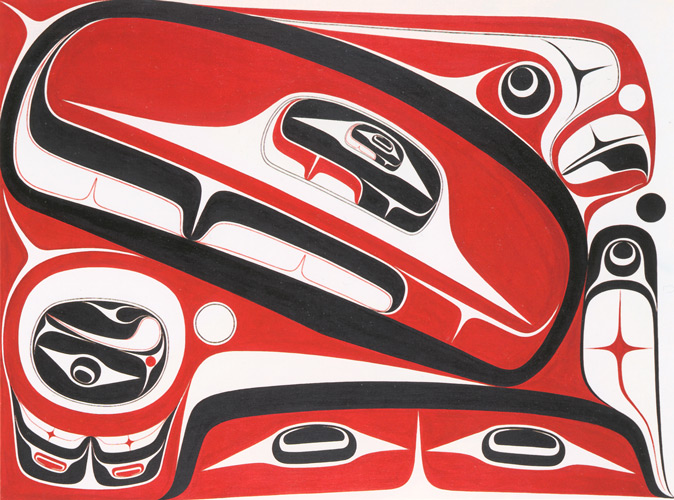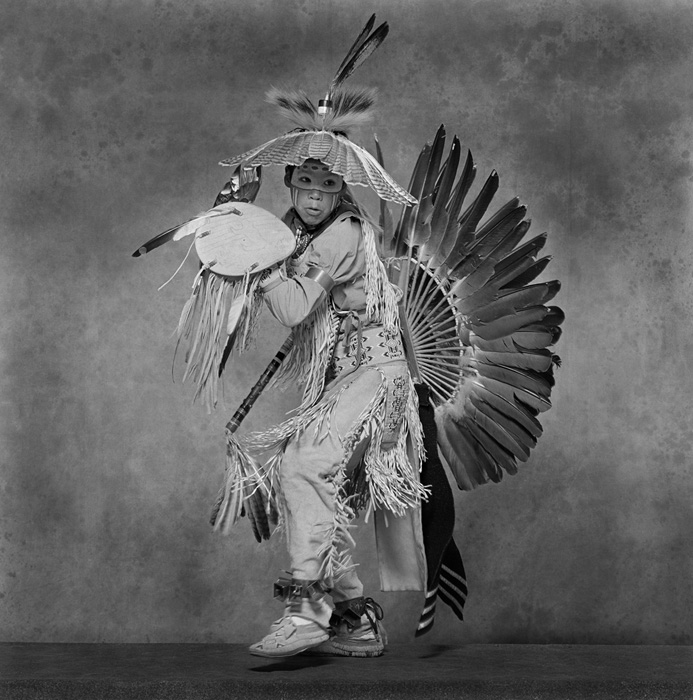Drawing Conclusions
For many artists, drawing is an important component of their creativity. Drawing Conclusions presented 25 pieces by Canada's most prominent contemporary artists and approximately 70 drawings by members of the Group of Seven, demonstrating the importance of freehand drawing in the training of artists throughout of the twentieth and twenty-first centuries. This exhibition provided a rare opportunity to view drawings that are seldom exhibited due to their sensitivity to light.

















